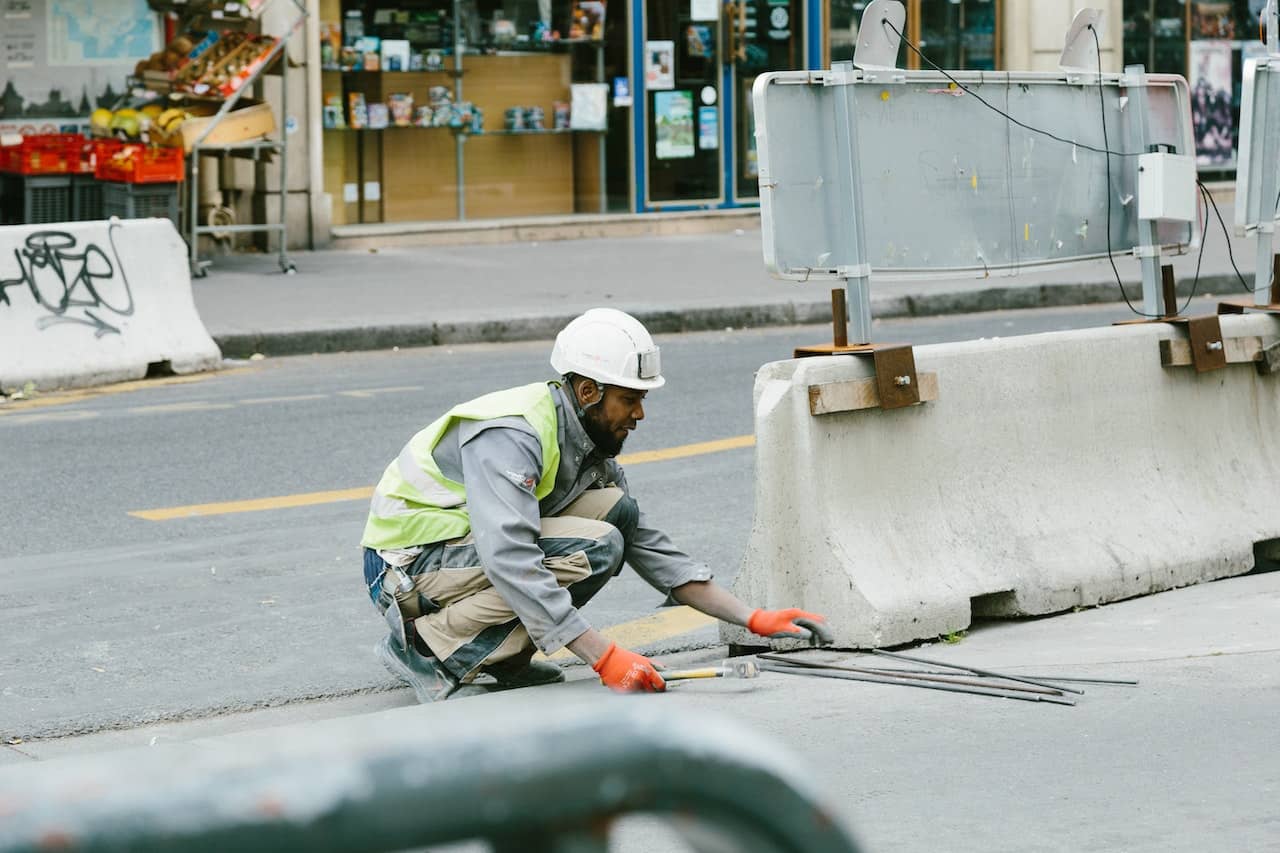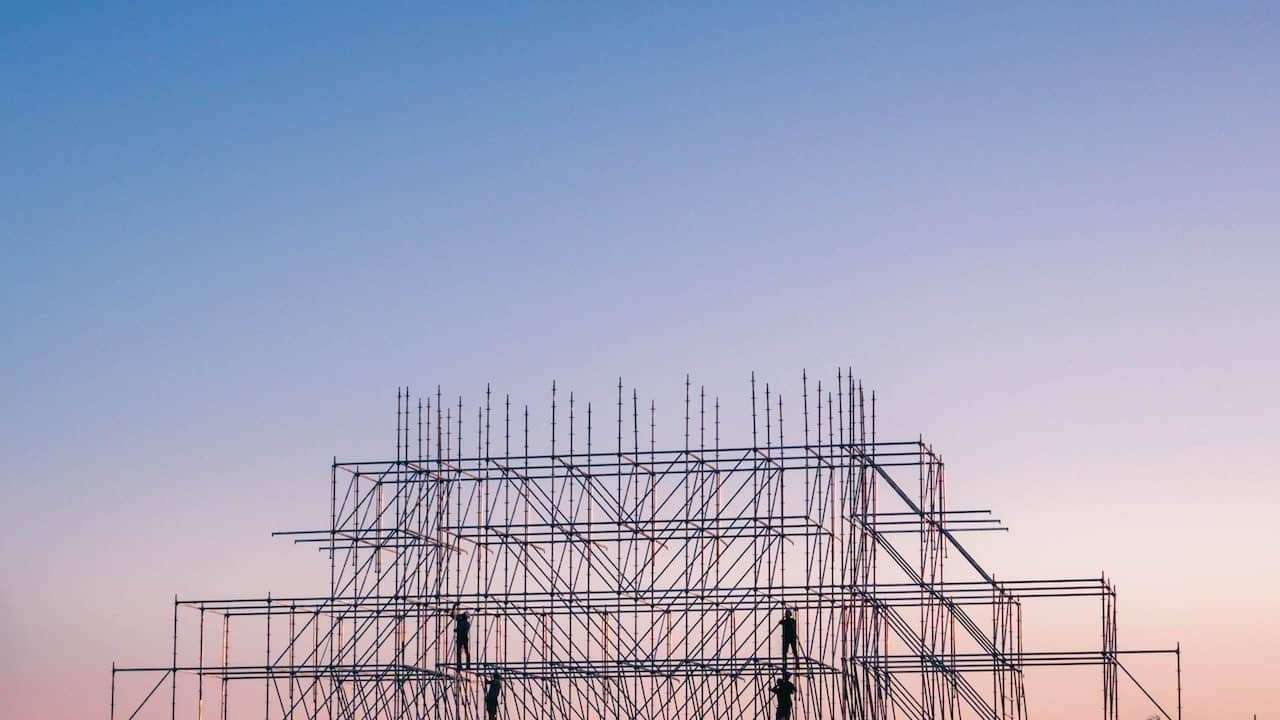When it comes to the dynamic world of construction, Scotland boasts its fair share of progress and development. Cranes dotting the skyline, buildings rising from the ground, and the constant hum of activity; it’s a testament to human ingenuity and collaboration. However, amidst all this activity, there’s a stark reality that can’t be ignored: personal injuries on construction sites are an unfortunate but persistent issue. In this article, we delve into the various aspects of personal injuries on construction sites in Scotland, exploring what happens in the event of an accident and who bears the responsibility.
The Bustling Construction Scene in Scotland
Scotland, a country renowned for its rich history and breathtaking landscapes, is equally defined by its bustling construction sector. From revitalising historic structures to creating modern skyscrapers, there’s a constant need for construction workers and equipment to make the magic happen. Construction sites can be found in urban centres like Glasgow and Edinburgh, as well as in more remote areas where infrastructure development is crucial.
What Happens if There is an Accident on a Construction Site?
Accidents on construction sites can range from minor incidents to catastrophic events, and it’s essential to understand what transpires in the aftermath of such incidents. The Scottish legal system and regulatory bodies are instrumental in dealing with these occurrences.
Reporting the Accident
In the unfortunate event of an accident on a construction site, the immediate priority is to ensure the injured party receives medical attention. Once the injured worker’s well-being is secured, the incident must be reported to the Health and Safety Executive (HSE), a government agency responsible for regulating workplace safety. Reporting accidents to HSE is a legal requirement in the UK, and it helps in assessing the extent of the problem and identifying patterns that could be prevented in the future.
Investigation and Documentation
To determine the causes of the accident and prevent future incidents, a thorough investigation takes place. In this process, the construction site and relevant equipment are inspected, and witness statements are collected. This investigation aims to ascertain whether negligence, inadequate safety measures, or equipment failure contributed to the accident.
Legal Implications
Personal injuries on construction sites can have legal implications. Workers who suffer injuries may be entitled to compensation, including medical expenses and lost wages, under the Employers’ Liability (Compulsory Insurance) Act 1969. It’s important to note that this insurance is mandatory for all employers in the UK, ensuring that they can meet their legal obligations in the event of accidents.
Who is Liable for Accidents on a Construction Site?
Determining liability in construction site accidents can be a complex matter. It involves several parties who may share responsibility based on their roles and actions within the construction project.
Employers
Employers in the construction industry have a significant responsibility for the safety and well-being of their employees. They are obligated to provide a safe working environment, adequate training, and the necessary safety equipment. In cases of negligence or failure to meet these obligations, employers may be held liable for accidents on the construction site.
Contractors and Subcontractors
Construction projects often involve multiple contractors and subcontractors. These entities share in the responsibility for safety on the site. If a subcontractor fails to adhere to safety regulations or contributes to an unsafe working condition, they may be held liable for accidents within their scope of work.
Site Owners and Developers
Site owners and developers also bear some responsibility for safety on construction sites. They are expected to ensure that the construction project follows all relevant regulations and that safety measures are in place. If they neglect these duties, they can be held liable for accidents that occur on their property.
Manufacturers and Suppliers
In some cases, accidents on construction sites may be attributed to faulty equipment or materials. In such instances, the manufacturers or suppliers of these products could be held liable if their products are proven to be the cause of the accident.
Workers
Workers themselves also play a role in their safety. They are expected to follow safety protocols, use provided protective gear, and report unsafe conditions. Failing to adhere to these standards can result in personal liability for accidents on the construction site.
The Role of Regulation and Safety Standards
The construction industry in Scotland, like the rest of the UK, is subject to stringent regulations and safety standards to mitigate the risks of accidents. These regulations are enforced by various agencies, including the Health and Safety Executive (HSE) and the Scottish Building Standards Division.
Health and Safety Executive (HSE)
HSE is a vital organisation responsible for promoting and enforcing health and safety standards in the workplace, including construction sites. It conducts inspections, offers guidance, and has the authority to take legal action against those who fail to meet safety requirements.
Scottish Building Standards Division
This division plays a crucial role in ensuring that construction projects adhere to building regulations and standards. They work to promote building safety and provide guidance on construction practices in Scotland.
Preventive Measures
Preventing personal injuries on construction sites should always be a priority. The construction industry continually strives to improve safety measures. These measures include:
Safety Training
Proper training and ongoing education are essential for construction workers. Safety protocols, the use of protective equipment, and understanding potential hazards all contribute to reducing accidents.
Safety Equipment and Gear
Providing the right safety equipment and gear, such as hard hats, harnesses, and gloves, is fundamental. These items are designed to protect workers from potential dangers on construction sites.
Site Inspections and Maintenance
Regular site inspections and maintenance of equipment are necessary to identify and address potential safety hazards before accidents occur.
Emergency Response Plans
Having well-defined emergency response plans in place is crucial. This includes clear instructions on how to react in the event of an accident and ensuring access to first-aid supplies.
Making a Personal Injury Claim with National Claims
Now, let’s take a closer look at the process of making a personal injury claim in the context of personal injuries on construction sites in Scotland. Suppose you’ve been injured while working at a construction site and believe that negligence or unsafe conditions were a contributing factor. In such a case, you may be entitled to compensation for your injuries and related expenses.
Initial Consultation
The first step in making a personal injury claim is to consult with a reputable personal injury claims company like National Claims. During this consultation, you’ll discuss the details of your accident and injuries. It’s crucial to provide as much information as possible to assess the validity of your claim.
Claim Evaluation
National Claims will evaluate the merits of your claim. They will consider factors like the circumstances of the accident, the parties involved, and the extent of your injuries. This evaluation is a crucial step in determining the likelihood of a successful claim.
Legal Representation
If your claim has merit and you choose to proceed, National Claims will provide you with expert legal representation. This representation is essential in navigating the legal complexities of personal injury claims on construction sites in Scotland.
Gathering Evidence
Your legal team will work to gather evidence to support your claim. This may include medical records, witness statements, and documentation related to the accident.

Conclusion
Personal injuries on construction sites in Scotland are a concerning issue that demands attention and action. Understanding the processes that come into play after an accident and identifying those responsible for ensuring safety is crucial. The regulatory bodies and standards in place aim to mitigate risks, but accidents can still occur. Fortunately, individuals who suffer injuries due to negligence or unsafe conditions have options for seeking compensation.
National Claims, a trusted name in personal injury claims, offers expert assistance in navigating the complexities of personal injury claims related to construction site accidents in Scotland. By seeking the help of experienced professionals, injured parties can work towards obtaining the compensation they deserve. As Scotland’s construction industry continues to evolve and prioritise safety, the goal is to reduce accidents and protect the dedicated workers who build the future of this dynamic nation.
Contact us to get started on your claim and find out more about how we can help at National Claims.
Click below to see why we are one of the most trusted claims management companies in the UK.

We’re proud of our excellent customer reviews
We thrive on delivering exceptional service and ensuring our clients’ satisfaction. Don’t just take our word for it. Check out some of our independent reviews to see what our clients have to say.
Excellent

This firm is excellent, they sorted out my car pay out and injury claim very fast, they always communicate with you all the time.

My accident case was dealt with confidence and with great result of the outcome, especially James kept me informed all the time.

I was very impressed at the way my inquiry was treated. I was listened to attentively and everything I needed to know was explained to me.






